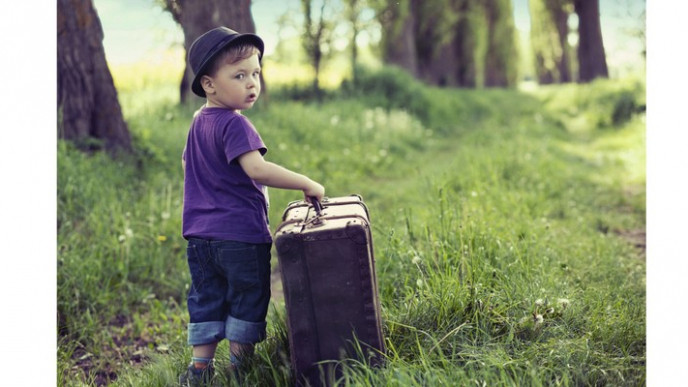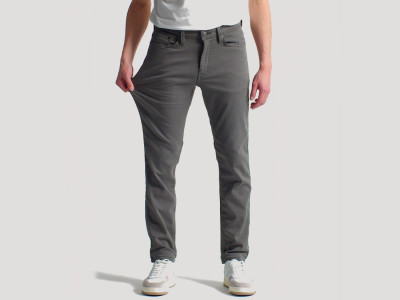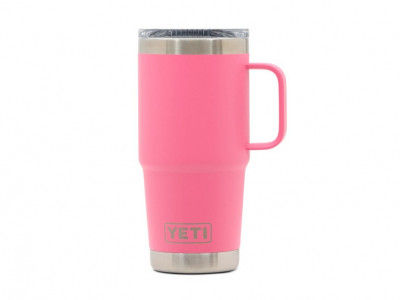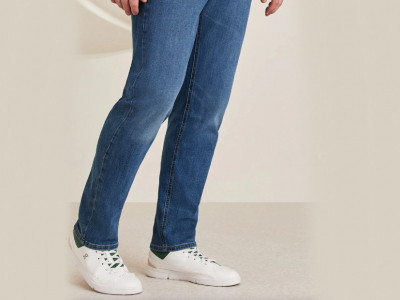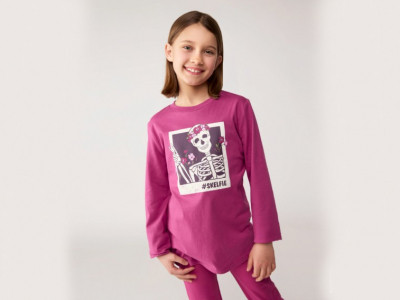Most Canadians would probably have enough supplies of food and water to fare well for a while if stranded in their homes during an emergency situation.
What if you were told you needed to evacuate now though, and your life was in danger if you didn't leave? As was the situation in Fort McMurray, AB, sadly, when wildfires grew to the ferocity of a beast where winds wreaked havoc with each twist and turn on May 3rd, 2016 with a full city evacuation of tens of thousands. The citizens of Fort McMurray didn't have a chance to plan what they should take with them, as evacuating the city became life threateningly urgent once the winds shifted during the wildfires.
What should we be thinking about in advance, for emergency preparedness?
In an emergency event such as fire, earthquakes, flooding, tornadoes and more, we need to consider all safety and survival issues at hand. Without adequate planning in advance, you may not have access to necessities in an emergency event if resources are severely limited after a catastrophic event.
- Check here for the useful and up to date information on creating a Government of Canada's Emergency Preparedness Kit.
On the above website, you'll find invaluable information on how to prepare for emergencies; it covers vital steps such as:
- Evacuation of your own family
- How to look out for neighbors who may need assistance
- Making copies of important documents
- Emergency workplace procedures
- School policies
- Pet policies
- Special health needs
- Knowledge of where your water valve, electricity panel and gas valve location is.
- Floor drains should be cleared as well (in case of potential flooding.)
Below are the 'basic emergency kit' supplies as well as the 'recommended additional items', listed from the aforementioned website.
Basic emergency kit
- Water – at least two litres of water per person per day; include small bottles that can be carried easily in case of an evacuation order
- Food that won't spoil, such as canned food, energy bars and dried foods (replace food and water once a year)
- Manual can-opener
- Crank or battery-powered flashlight (and extra batteries). Replace batteries once a year.
- Crank, battery-powered radio (and extra batteries) or Weatheradio
- First aid kit
- Extra keys to your car and house
- Some cash in smaller bills, such as $10 bills and change for payphones
- A copy of your emergency plan and contact information
- If applicable, other items such as prescription medication, infant formula, equipment for people with disabilities, or food, water and medication for your pets or service animal (personalize according to your needs)
Recommended additional items
- Two additional litres of water per person per day for cooking and cleaning
- Candles and matches or lighter (place candles in deep, sturdy containers and do not burn unattended)
- Change of clothing and footwear for each household member
- Sleeping bag or warm blanket for each household member
- Toiletries
- Hand sanitizer
- Utensils
- Garbage bags
- Toilet paper
- Water purifying tablets
- Basic tools (hammer, pliers, wrench, screwdrivers, work gloves, dust mask, pocket knife)
- A whistle (in case you need to attract attention)
- Duct tape (to tape up windows, doors, air vents, etc.)
An emergency vehicle kit should also be well maintained and fully stocked. You can visit the Government of Canada's Emergency Preparedness Kit to view information about what to keep in the emergency vehicle kit.
Install the Canadian Red Cross 'Be ready' App
Be Ready alerts users about weather conditions that could prompt emergency situations such as floods, forest fires and tornadoes.
- Click here: The Canadian Red Cross 'Be Ready' App
If you consider the difference
between an emergency evacuation with having only the clothes on your back, and having some familiar and comforting possessions (and only if possible without putting anyone in danger), it could be meaningful to you and your family during such a difficult time. The following is what you may want to plan out in advance:
Prepare a small bag of personal mementos ready to grab and go.
- Photos can be stored on photo websites or Facebook, or, shared with your friends & family in digital and in print format.
- Do you have old external hard drives? If not currently using them, they can be stored in that bag.
- What about a special painting someone painted for you, or your child's first hand prints on a plaque? (Even a photo of memories such as that could serve as a way to have a physical rendition of it.)
- Precious jewellery that has significant sentimental value could be placed in the bag such as the hand made clay charm bracelet your daughter gave you for Mother's Day.
- Something that Grandma or another loved one made for the kids is irreplaceable and holds sentimental value.
What items do you have packed up, or plan on packing up, that I may not have mentioned? Please leave feedback below, it could be very helpful to our readers.
